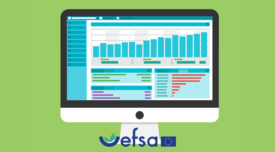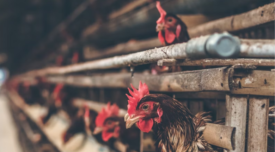Risk Assessment
Cybersecurity and Food Defense: Bridging Information Flow Between Business and Government
The most important role of a Food and Agriculture Information Sharing and Analysis Center (FA-ISAC) is to facilitate the flow of information between industry and government entities
October 9, 2023
Cyber Threats Impacting the Food and Agriculture Sector
While ransomware is the most common cyberattack vector for businesses, other cyber threats can be far more dangerous to the food supply system
August 8, 2023
Risk Culture: How Reducing Complexity Improves the Safety of Consumers, Team Members, and the Company
The way a company approaches its assessment and management of risks has a direct impact on its success
August 7, 2023
Never miss the latest news and trends driving the food safety industry
eNewsletter | Website | eMagazine
JOIN TODAY!Copyright ©2024. All Rights Reserved BNP Media.
Design, CMS, Hosting & Web Development :: ePublishing










